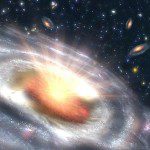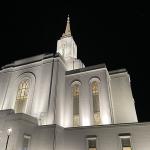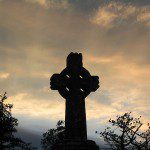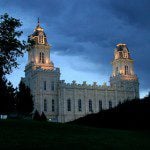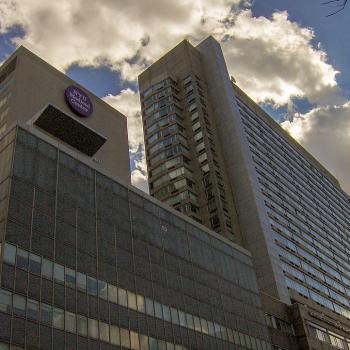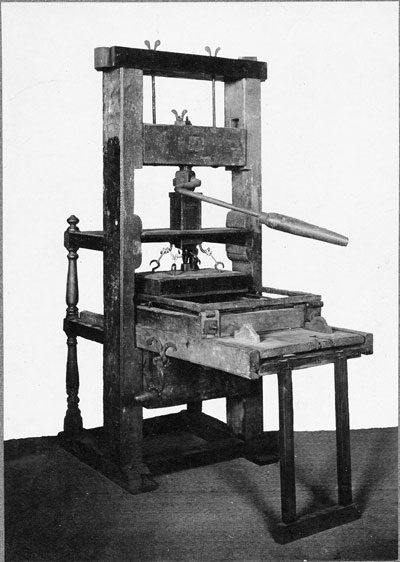
Wikimedia Commons public domain image
As Christmas approaches, and as your indecisive tension mounts about what you ought to give to your spouse, your children, your parents, your cousins, your neighbors, your pickle ball partners, the mailman, your ministering brother and sister, those to whom you minister, your congressperson, and random passersby, the Interpreter Foundation can help. Choose one or more of our books for gifting and feel the serenity descend once more upon your troubled soul. Have a look at a list of them here. (Limit: No more than twenty thousand books per order.)

I want now to download some of my notes from a second article that I read in the most recent issue of the Journal of Near-Death Studies. It is Gurm Bacchus, Divine Charura, and Tara Fox, “‘It’s made me reassess what I think and believe.’ An Exploratory Study of Therapists’ Experiences With Their Clients’ Deathbed Visions, Deathbed Coincidences, and After-Death Communication,” Journal of Near-Death Studies 40/21 (Summer 2022): 95-119. Bacchus and Fox are on the faculty at Leeds Beckett University in the United Kingdom, while Charura is on the faculty of York St. John University, also in the United Kingdom.
The article is primarily based upon interviews with four therapists in private practice in the United Kingdom who reported having worked with one or more clients who had disclosed experiences of the types mentioned in the article’s title. The authors analyze what they learned from the interviews and also include extensive mention of prior literature on the subject and related matters. In the quotations below, I have mostly deleted the in-text references to other literature:
DBVs [deathbed visions] can occur to a dying person weeks, days, or hours before death and are usually indicators of impending death. The experience may involve the dying person seeing deceased friends or relatives, spiritual beings, or other-worldly spiritual environments that they may report to their family or to healthcare staff. It is estimated that 50% to 60% of people who are conscious before dying experience DBV. (96)
I have heard many secondhand reports of such phenomena. More than I can count.
Claxton-Oldfield et al. (2020) found that working with DBV experiences influenced the beliefs of hospice palliative care volunteers with regards to what happens after death and also made them less fearful of dying. (109)
And, as the title of this article by Bacchus, Charura, and Fox indicates, the impact upon their four interviewees seems to have been similar.
DBC [deathbed coincidence] typically happens at the time of death and can occur as a vision of the deceased person to a sleeping family member or as a clock stopping or alarms sounding at the time of death. Among professional caregivers such as nurses, auxiliary staff, and chaplains, 50% have reported witnesses a DBC. (96)
I rank deathbed coincidences quite a bit lower on my personal evidentiary scale than I do deathbed visions, which, although they can often be dismissed (rightly or wrongly) as hallucinatory, I am inclined to take fairly seriously. Deathbed coincidences might be no more than precisely that: coincidental. But maybe not. And, here, I have one of my own to report.
When my father died, my mind went over and over and over again to a familiar song, Number 166 from the Latter-day Saint hymnal, “Abide with me”:
- Abide with me! Fast falls the eventide; the darkness deepens. Lord, with me abide! When other helpers fail and comforts flee, help of the helpless, oh, abide with me!
- Swift to its close ebbs out life’s little day. Earth’s joys grow dim; its glories pass away. Change and decay in all around I see; O thou who changest not, abide with me!
- I need thy presence ev’ry passing hour. What but thy grace can foil the tempter’s pow’r?Who, like thyself, my guide and stay can be? Thru cloud and sunshine, Lord, abide with me!
“Abide with me” had never been a particular favorite of mine. I liked it well enough, but now the first and second verses — and the second most especially — kept going through my mind, morning and noon and night. This was so for the first several days after my father’s passing.
Two years later, my mother lay in a coma on her deathbed, and we were faced with the agonizing decision of whether or not to withdraw life support. We counseled with the doctors and the nurses at that California hospital. We prayed. We spoke at length on the telephone with a neighbor and friend and ward member who was also, at the time, the head of the critical care unit at Utah Valley Regional Medical Center. And, in the end, we decided to disconnect Mom from the machines. We were told that it might require a day or two for her to pass, but the process actually took less than half an hour, which assured me that we had made the right decision. Her breathing slowed and grew more shallow, and then it stopped.
There was calm instrumental music playing softly in the background on the hospital’s sound system. We were, I guess, in the section of the hospital devoted to terminally ill patients. It was the same hospital in which my father had passed away.
As she drew her last breaths, at the very moment that her breathing stopped, an instrumental version of “Abide with me” was playing.
Now, was that significant, a “tender mercy”? Or was it merely a coincidence? I don’t know. I can’t even imagine the lengthy chain of providential causes and effects that would be required to bring that particular event about, and merely for my benefit. And yet, there it was. And it has stuck powerfully in my mind ever since that day, which is, now, almost twenty years in the past.
If any readers would like to share experiences of this type in the comments section, I’m sure that I wouldn’t be the only person to appreciate them.
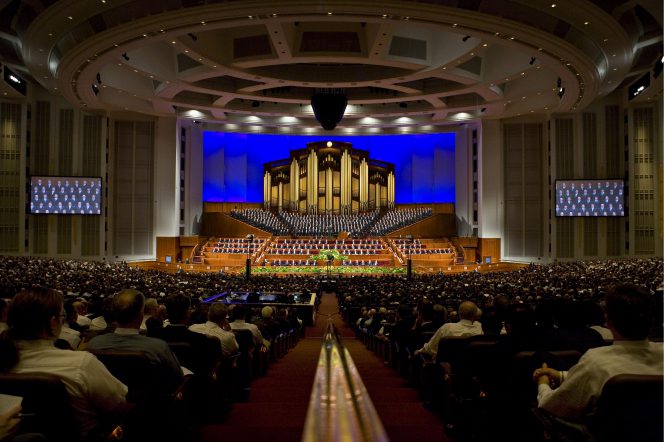
(LDS Media Library)
This article in the New York Times is an interesting and informative even if somewhat saddening read: “Americans Under 30 Don’t Trust Religion — or Anything Else”


